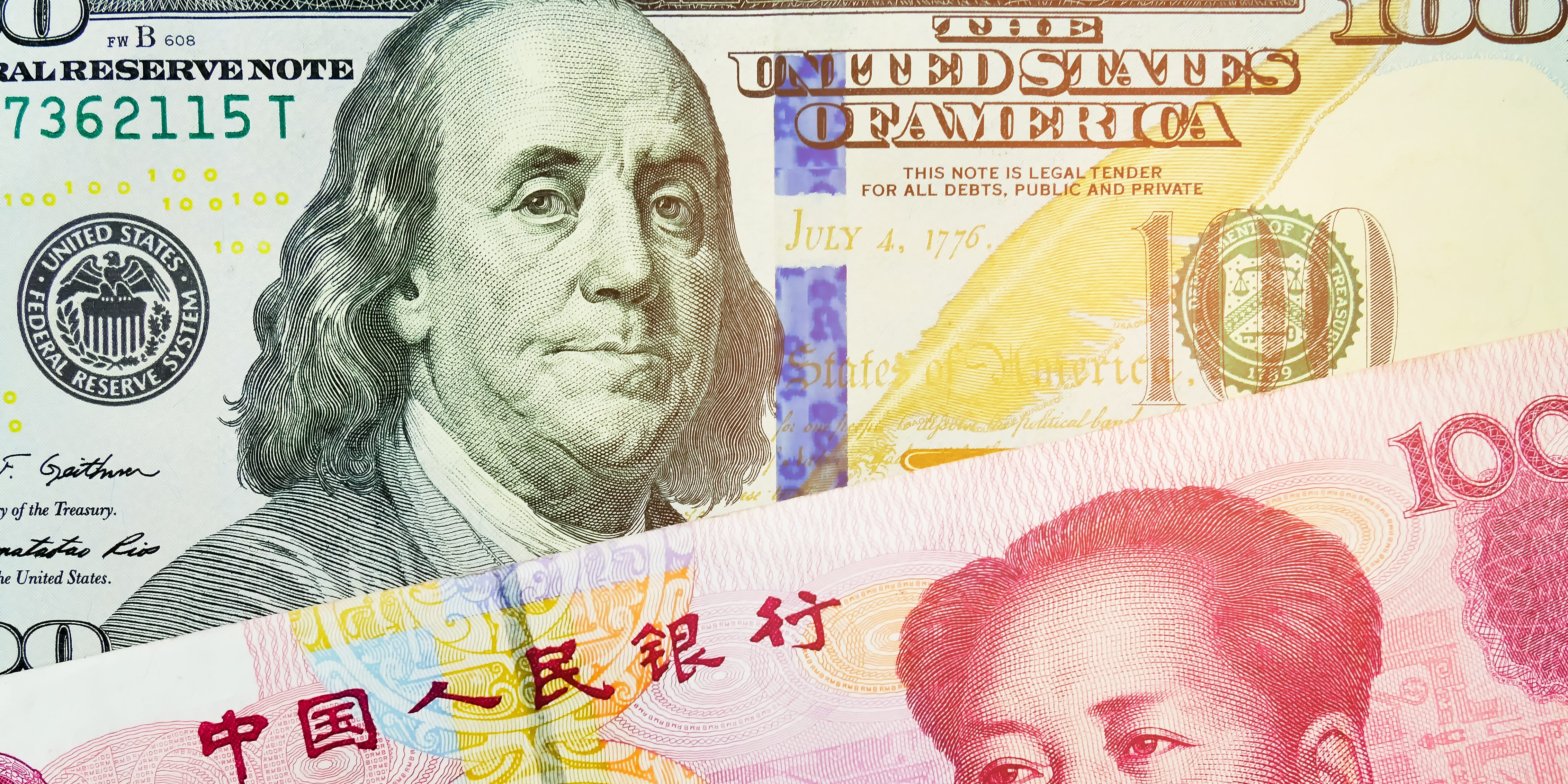Signs of de-dollarization are showing in FX and central bank reserves, JPMorgan said. But the dollar remains the dominant currency in global transactions. “Some signs of de-dollarization are emerging; this trend is likely to persist but USD should maintain its large footprint for the foreseeable future.” Loading Something is loading.
Thanks for signing up!
Access your favorite topics in a personalized feed while you’re on the go.
While a near-term rupture in the greenback’s dominance is unlikely, divergence away from dollar usage is beginning to show, JPMorgan analysts wrote in a Monday note.
“Some signs of de-dollarization are emerging; this trend is likely to persist but USD should maintain its large footprint for the foreseeable future,” they said.
For now, the currency remains “top-of-class” in global transactions, and accounts for 88% foreign exchange volumes, while its share of trade invoicing has remained steady for two decades, between 40% and 50%.
However, this has been set against a decline in the US share of global trade, as the country’s exports fell to a record low of 9%.
And the dollar’s share of foreign exchange reserves has also dropped. That trend was accelerated after the West froze Russia’s $330 billion in reserves last year for its Ukraine invasion — prompting other nations to decrease their reliance on the US currency.
“De-dollarization is evident in FX reserves where USD share has declined to a record as share in exports declined, but is still emerging in commodities,” JPMorgan said.
Meanwhile, the dollar has started to lose to gold, as foreign central banks have bought the commodity in record volumes over the past few quarters. The yellow metal now compromises 15% of total assets, versus the dollar’s 44%.
JPMorgan pushed against the prospect of a yuan-dominated currency regime, as the Chinese currency’s international presence remains small: compared to the dollar’s 43% share of SWIFT payments, the yuan compromises 2.3%.
Still, analysts acknowledged China’s efforts to push the yuan abroad, noting progress in cross-border transactions and liabilities, but expect it to be limited on account of the tight control regulators hold over the yuan.
Other institutional outlooks on the dollar’s future include that of Goldman Sachs, which found that there are no viable alternatives to threaten the greenback, even if the currency faces new risks.
Get the latest Gold price here.
